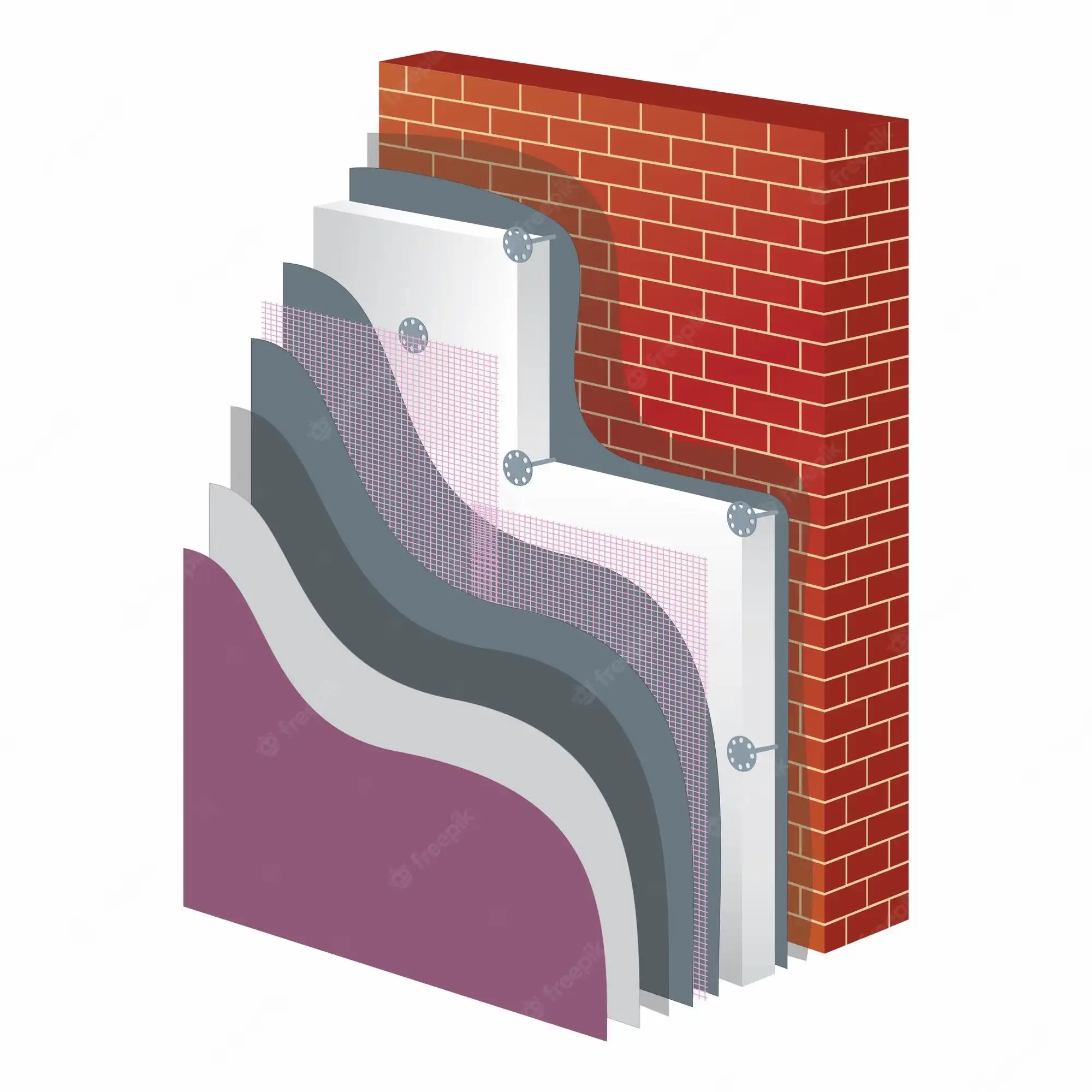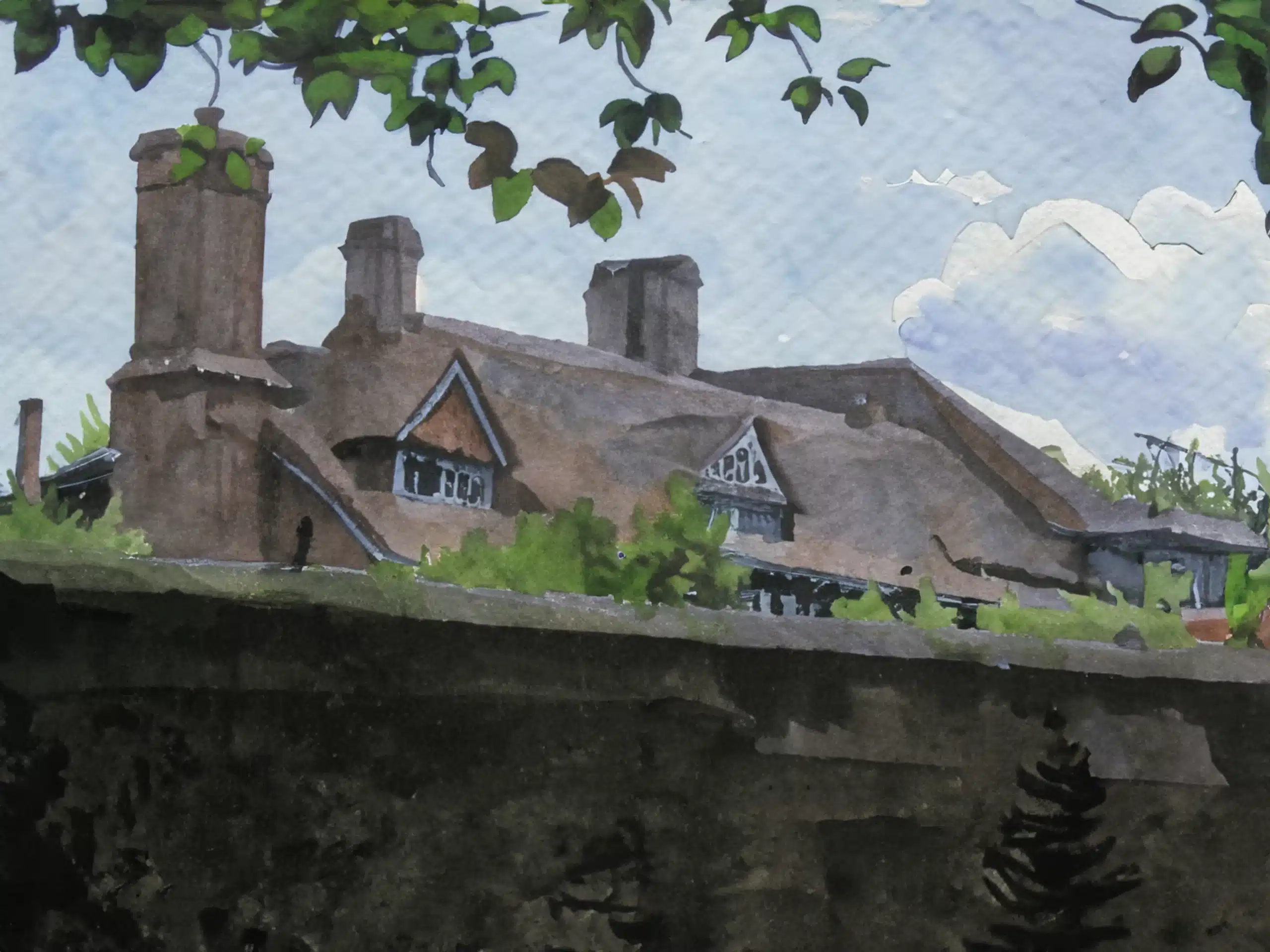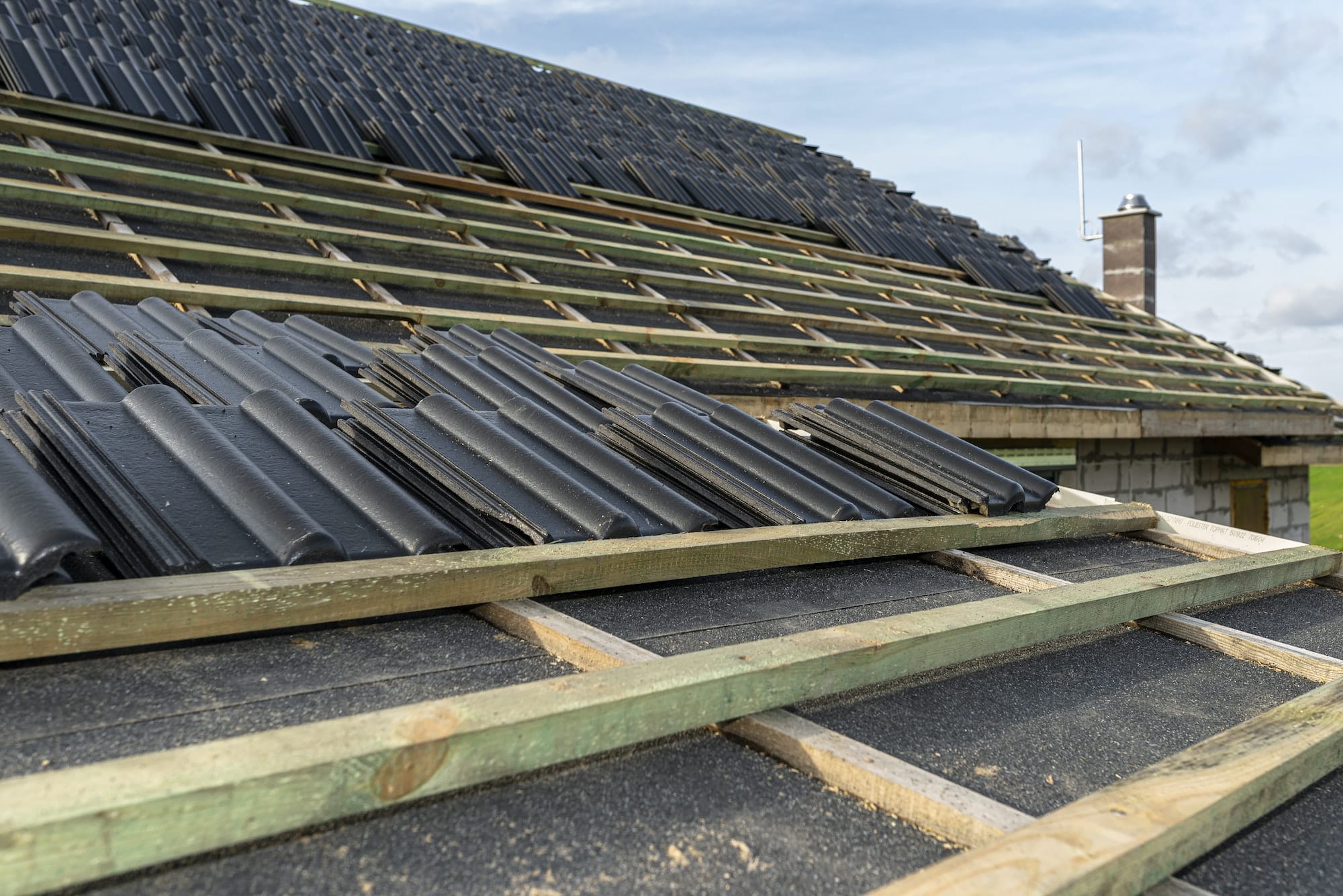
An ideal roofing solution is not just about aesthetics but also about durability and affordability. If you are searching for “roofers near me” for your roofing needs, it’s essential to have a good understanding of the various roofing materials, their features, benefits, and limitations. Whether you’re considering a roof replacement or starting a new construction project, this guide will provide you with in-depth information to make an informed decision.
1. Overview of Roofing Materials
Roofing is more than just the topmost layer of your home; it’s a complex system made up of several components that work together to protect your property from the elements. The choice of roofing material significantly influences the performance, longevity, and aesthetics of your roof. Let’s delve into some of the common roofing materials available in the market:
1.1 Asphalt Shingles
Asphalt shingles are the most common roofing material in North America, thanks to their affordability, durability, and ease of installation. They come in various colours like grey, brown, red, green, and blue, offering aesthetic versatility. However, please note that the colour may fade over time due to sun exposure.
Advantages:
- Economical
- Low-maintenance
- Variety of colours
- Recyclable
Drawbacks:
- Colour fades with sun exposure
- Shorter lifespan compared to other materials
1.2 Metal Roofing
Metal roofing has been around since the 1800s and remains a popular choice due to its durability, low maintenance, and aesthetic appeal. Available in materials like aluminium and zinc, metal roofs are lightweight, recyclable, and can last up to 80 years.
Advantages:
- Low-maintenance
- Durable
- Lightweight
- Variety of colours
- Recyclable
Drawbacks:
- May require soundproofing
- Specialized labour required for installation and repair
1.3 Wood Roofing
Wood roofing, typically made from cedar, redwood, or pine, offers a natural aesthetic appeal. However, they require high maintenance and are susceptible to water damage, mould, and rot.
Advantages:
- Natural appeal
- Long-lasting in dry climates
Drawbacks:
- High-maintenance
- Susceptible to water damage and rot
1.4 Clay Tiles
Clay tiles are popular due to their low-maintenance, natural materials, and excellent curb appeal. They’re perfect for hot climates and can withstand high wind speeds. However, they’re vulnerable to impact and may require extra structural support due to their weight.
Advantages:
- Low-maintenance
- Great curb appeal
- Made from natural materials
Drawbacks:
- Vulnerable to impact
- May need extra structural support
1.5 Slate Roofing
Slate roofing is one of the most durable types of roofing materials with a lifespan of 50 to 200 years. It’s fireproof, resistant to high winds, extreme temperatures, and impact from hail and small branches.
Advantages:
- Long lifespan
- Low-maintenance
- Durable
Drawbacks:
- High cost
- May need extra structural support
2. Specialised Roofing Solutions
The roofing industry continuously evolves, bringing forth specialized solutions to address specific needs and preferences. Here are a few innovative roofing options:
2.1 Green Roofing
Green roofs, also known as living roofs, are covered with vegetation, providing environmental benefits while combating excessive heat and reducing rainwater runoff.
Advantages:
- Durable
- Environmentally friendly
Drawbacks:
- Gardening and water maintenance
- Needs extra structural support
2.2 Solar Shingles
Solar shingles are a renewable energy solution that generates usable energy for your home. Though an expensive investment, they can significantly boost your home’s value.
Advantages:
- Renewable energy production
- Improves resale value
Drawbacks:
- Specialized labour required for installation and repair
- Moderate maintenance
2.3 Rolled Roofing
Rolled roofing is a popular choice for low-slope residential roofs and outbuildings due to its low cost and fast installation.
Advantages:
- Good for low-slope roofs
- Does not require an underlayment
Drawbacks:
- Short lifespan
- Lower quality compared to other options
3. How to Choose the Right Roofing Material
When deciding on a roofing material, consider the following factors:
- Durability: How long do you want your roof to last? Some materials like slate or metal have a longer lifespan compared to asphalt shingles or wood.
- Cost: What is your budget for the roofing project? Asphalt shingles are generally more affordable than slate or metal.
- Aesthetics: What look are you going for? Wood offers a natural appeal, while metal or slate provides a modern look.
- Maintenance: How much upkeep are you willing to commit to? Some materials require more maintenance than others.
- Climate: What is the climate in your area? Some materials perform better in certain climates than others.
4. Installation Process
Installing a new roof involves several steps:
- Removing Old Roofing: The old roofing material is stripped down to the roof deck.
- Installing Leak Barrier: A leak barrier, also known as an ice-and-water barrier, is installed to protect the roof from water damage.
- Adding Roof Deck Protection: A layer of roof deck protection, such as organic or synthetic felt, is applied.
- Laying Starter Strip Shingles: These are installed at the eaves to prevent wind uplift along the roof edge.
- Installing Roof Shingles: The chosen roofing shingles are then installed.
- Adding Ridge Vents: Ridge vents are installed to ensure proper attic ventilation.
- Installing Ridge Cap Shingles: These are applied on top of the ridge vent to enhance the roof’s aesthetic appeal and protect against weather elements.
5. Choosing a Professional Roofer
If you’ve been searching for “roofers near me,” it’s essential to select a professional who has the skills and experience to deliver high-quality results. Here are some factors to consider:
- Experience: How long has the roofer been in business? Our company, for instance, boasts 15 years of industry experience.
- Credentials: Is the roofer licensed and insured? Check their credentials to ensure they comply with local regulations.
- References: Can the roofer provide references or testimonials from previous clients? This can give you an idea of their work quality and customer service.
- Warranties: Does the roofer offer a warranty for their work? A warranty provides assurance that any issues will be addressed post-installation.
6. Maintaining Your Roof
Once your new roof is installed, regular maintenance is crucial to extend its lifespan and ensure optimal performance. This includes routine inspections, cleaning gutters, removing debris, checking for damage after severe weather, and scheduling professional maintenance as needed.



